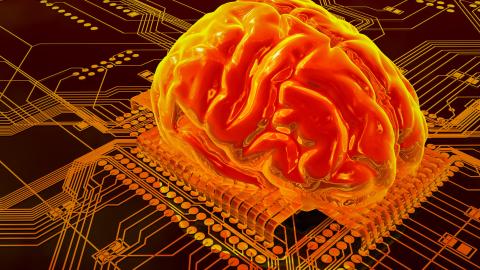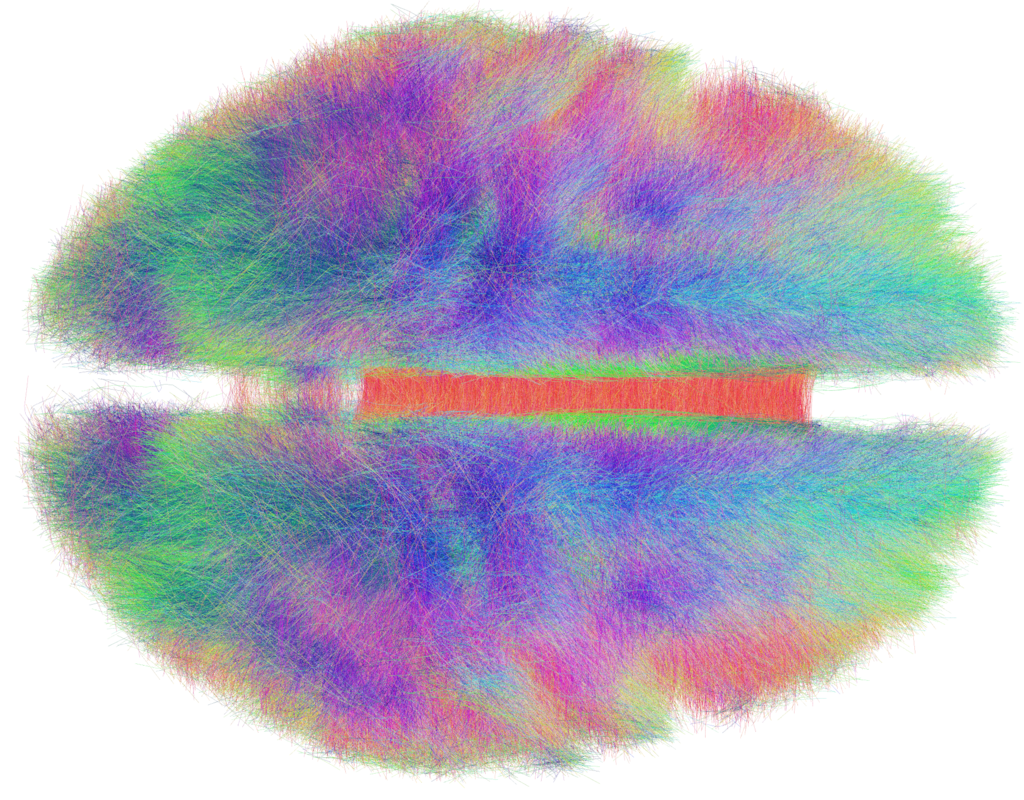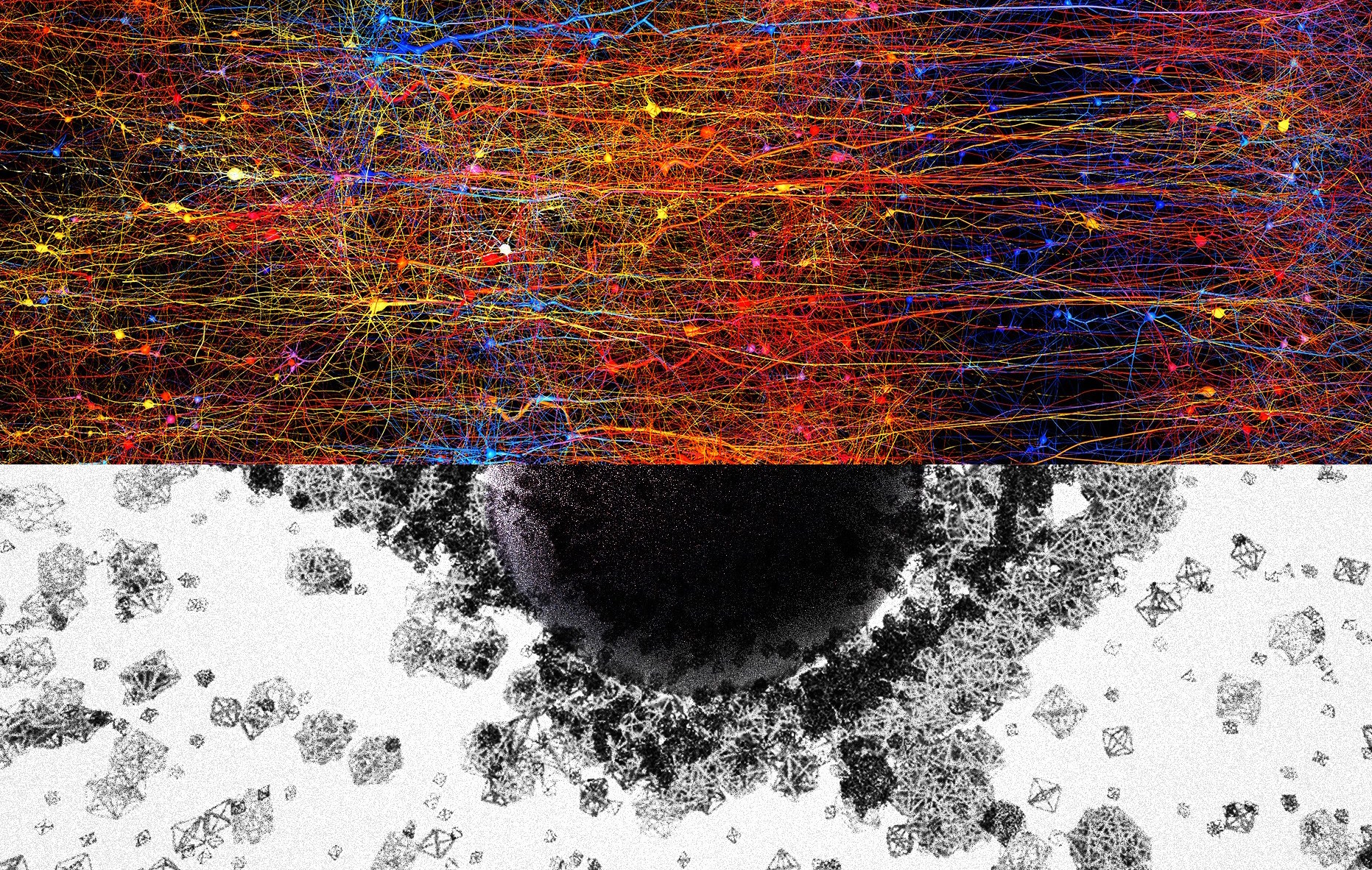How Close Are We to Simulating the Human Brain?

What’s the Latest Development?
Though our understanding of how the brain works has advanced substantially in the last decade, our ability to replicate its functions pales by comparison. Such a lack of know-how is the driving force behind several high-profile attempts to recreate what the brain does and how it works. Henry Markram’s ambitious Human Brain Project, which takes a bottom-up approach to recreating synapses, genes and neurons, has been awarded a grant from the European Commission worth half a billion euros. For now, Makram is concentrated on simulating a rat brain as a stepping stone toward a making a human one.
What’s the Big Idea?
Thanks to the rapid advance of technology, the techniques and theories used to construct current models of the human brain are likely to be outpaced by vastly better models, says Eugene Izhikevich from the Brain Corporation, who helped to build a model with 100 billion neurons. But far from being irrelevant, current research is essential for providing future models a starting point. “So, simulating a brain isn’t a goal in itself. It’s an end to some means. It’s a way of organising tools, experts, and data. ‘Walking the path is the most important part,’ says Izhikevich.”
Photo credit: Shutterstock.com





